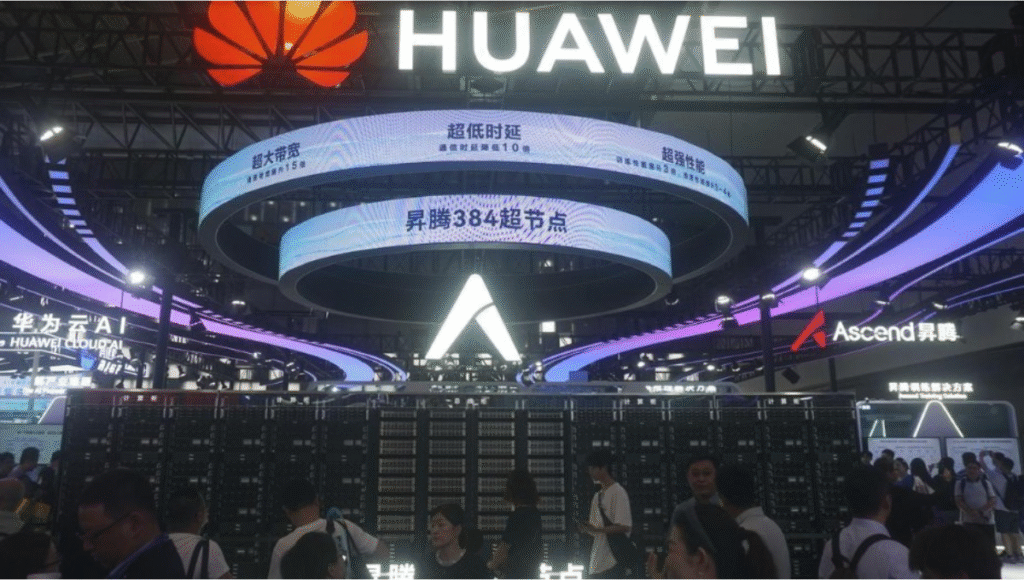
Huawei Super pods Bold Plan Outperforming Global Tech Leaders with Innovative AI Superpods
In a world dominated by tech giants, Huawei is charting its own ambitious path. The Chinese technology powerhouse has unveiled plans to roll out the world’s most powerful AI computing clusters over the next two years, signaling a determined push to compete with global leaders despite relying on domestically produced, less powerful chips. For a company that has faced international trade restrictions, this move reflects resilience, ingenuity, and a deep commitment to self-reliance.
Superpods and Superclusters Redefining AI Power
At its annual customer event in Shanghai, Huawei introduced its “superpods” strategy—interconnected computing units designed to operate as a cohesive powerhouse. These superpods, named Atlas 950 and 960, are scheduled for release in late 2026 and 2027, respectively. By connecting multiple superpods, Huawei aims to create unprecedented “SuperClusters,” capable of handling the intense demands of modern AI workloads.
The concept is revolutionary because it sidesteps a core challenge: restricted access to the world’s most advanced semiconductors, particularly those from Nvidia. Instead of relying on a few ultra-powerful chips, Huawei is optimizing large networks of domestic chips to deliver equivalent, if not superior, computational performance. This architectural innovation could redefine AI computing efficiency for years to come.
Striving for Global Tech Leadership Amid Restrictions
China’s push toward technological self-sufficiency is gaining momentum as export restrictions and domestic policy changes reshape the industry. Huawei’s superpods are a clear response to these pressures, demonstrating that innovation can thrive even under constraints. By building a computing architecture that maximizes the potential of its Ascend chip series, Huawei is proving that strategic design can compensate for hardware limitations.
“Our strategy is to create a new computing architecture, and develop computing SuperPoDs and SuperClusters, to sustainably meet long-term demand for computing power,” said Eric Xu, Huawei’s rotating chairman. This approach not only addresses immediate technical challenges but also positions Huawei as a resilient leader in AI innovation on the global stage.
The Road Ahead: AI Chips and Continuous Innovation
Huawei’s roadmap doesn’t stop with the Atlas 950 and 960 superpods. The company plans to launch new Ascend AI chips over the next three years, with the Ascend 970 expected by 2028. These chips will power future generations of superpods, ensuring Huawei stays competitive in a rapidly evolving industry. By combining scalable hardware with intelligent design, the company aims to unlock new levels of AI performance, powering applications from scientific research to enterprise AI solutions.
Tech analysts highlight the significance of Huawei’s approach. Charlie Dai of Forrester Research remarked, “This signals a stronger push toward self-reliance and resilience in the face of export restrictions.” Indeed, the company’s efforts may redefine how AI infrastructure is developed, balancing domestic limitations with global ambitions.
A Vision of Resilience and Innovation
Huawei’s superpods are more than just a technical innovation—they are a symbol of determination, creativity, and strategic foresight. By rethinking computing architectures and leveraging domestic resources, Huawei is setting the stage for a new era of AI competitiveness. For businesses and governments alike, these developments underscore the transformative power of ingenuity in shaping the future of technology.
Disclaimer: This article is based on publicly available information from Huawei announcements and news reports. The views expressed do not constitute financial or investment advice






